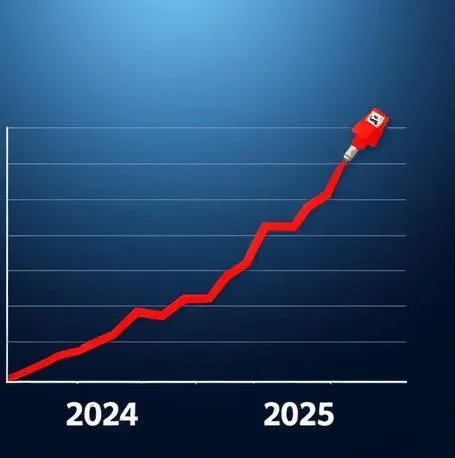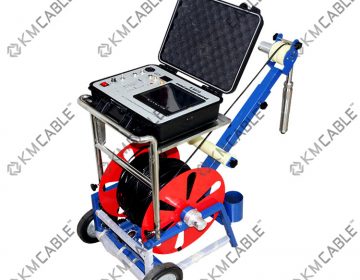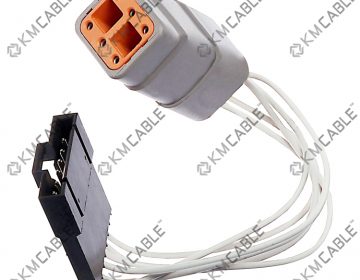
Cables are an essential part of modern life, though they often go unnoticed. At their core, cables are simply wires or groups of conductors designed to carry electricity or telecommunication signals from one location to another. They serve as the critical link that powers our homes, enables our communications, and supports industries across the globe. Whether it’s supplying energy to a bustling city or transmitting data across continents, cables play a role far bigger than their physical size suggests.
There are two main types of cables depending on their function: electric communication cables and electric power cables. Electric communication cables transmit voice messages, computer data, and visual content through electrical impulses. These are the invisible highways that make phone calls, video chats, internet browsing, and television possible. Meanwhile, electric power cables are designed to carry electricity. These use metal conductors, like copper or aluminum, to deliver power safely and efficiently to homes, businesses, and industrial facilities.
Major Cable Installations: Overhead, Underground, and Submarine
Cables can be installed in different environments, depending on their purpose, required durability, and the conditions they must withstand. The three primary methods of installation are overhead, underground, and submarine.
Overhead cables are perhaps the most familiar sight. They are electrical cables suspended high above the ground, typically with the help of utility poles or transmission towers. These cables are exposed to the elements and must be designed to withstand wind, rain, snow, and even lightning. Overhead installations are generally easier and cheaper to maintain and repair, which makes them a popular choice, particularly in less urbanized areas. They can support high, medium, or low voltage transmissions depending on the requirements of the end users.
Overhead cables serve a wide range of sectors, including industrial manufacturing, aerospace and defense, oil and gas operations, energy and power distribution, IT and telecommunications, and the construction industry. Their versatility and relatively low installation costs continue to make them an essential part of global infrastructure.
Underground cables, on the other hand, are buried beneath the surface, providing several advantages over overhead lines. They are protected from weather conditions and are less likely to suffer from outages caused by environmental factors. Underground cables are often used in densely populated cities where space is limited, or in areas where aesthetics are important. However, they are more expensive to install and maintain because repairs can require extensive excavation.
Finally, submarine cables are specially designed to run underwater. These cables are responsible for intercontinental data transmission, connecting different parts of the world through thousands of kilometers of cable laid across ocean floors. Submarine power cables are also vital for connecting offshore energy projects, such as wind farms, back to land-based power grids. Due to the challenging environment, these cables are built with multiple layers of protection to withstand deep-sea pressure, corrosion, and potential damage from marine life or anchors.
Cables Market Size and Growth Forecast for 2025
The cables market has experienced robust growth over the last few years, driven by several global trends. In 2024, the global cables market size was valued at approximately $92.49 billion, and it is projected to grow to about $99.49 billion by 2025. This represents a healthy compound annual growth rate (CAGR) of 7.6%.
Several key factors contributed to this historical growth:
1. Impact of the Industrial Revolution: The global industrial expansion created an unprecedented demand for energy and communication networks, fueling a surge in cable production and innovation.
2. Electricity Grid Expansion: As more countries invested in expanding and upgrading their electricity grids, especially in developing regions, the need for reliable cables grew significantly.
3. Urbanization and Construction: Rapid urbanization around the world has led to extensive construction of residential, commercial, and industrial buildings—all of which rely heavily on both power and communication cables.
4. Growth of the Automotive Industry: Modern vehicles depend more than ever on advanced electrical systems. Electric vehicles (EVs) in particular require specialized cables for power management, battery connection, and data transmission.
5. Boom in Televisions and Electronics: The consumer electronics boom, especially with smart TVs, computers, smartphones, and IoT (Internet of Things) devices, has driven additional demand for communication cables.
Emerging Trends Shaping the Future of the Cable Industry
Looking forward, several emerging trends are expected to shape the cable market through 2025 and beyond:
– Rise of Renewable Energy: As countries commit to cleaner energy sources like solar and wind, demand for specialized cables that can withstand harsh environments is increasing. Offshore wind farms, in particular, require high-performance submarine cables.
– 5G and Next-Gen Communications: The rollout of 5G technology is leading to a massive expansion of telecom infrastructure. New towers, fiber optics, and associated cables are needed to meet the higher data transfer demands.
– Smart Cities and IoT Integration: As urban areas evolve into “smart cities,” integrated sensor networks, connected devices, and automated systems will require advanced cabling solutions to ensure fast and reliable data transmission.
– Electrification of Transportation: With the electrification of buses, trains, and cars, the need for high-capacity power cables will continue to surge. Charging stations, battery packs, and onboard systems all depend on advanced cabling.
– Technological Advancements in Materials: New materials such as superconductors, high-temperature resistant insulations, and lightweight composites are being developed to make cables more efficient, durable, and environmentally friendly.
Cables may not always get the spotlight, but they are indispensable to the infrastructure of the modern world. Whether delivering electricity across continents or transmitting data at the speed of light, cables form the backbone of both the energy and communication sectors.
As the world moves forward with greater connectivity, renewable energy initiatives, smart city projects, and the electrification of transportation, the cable industry is set to continue its strong growth trajectory. By 2025, the market will have expanded even further, offering new opportunities for innovation, investment, and global development.
Understanding the role of cables, the methods of their installation, and the market trends shaping their future is crucial for businesses, governments, and consumers alike. In many ways, the future is wired—and cables are the lifelines that will carry us there.








